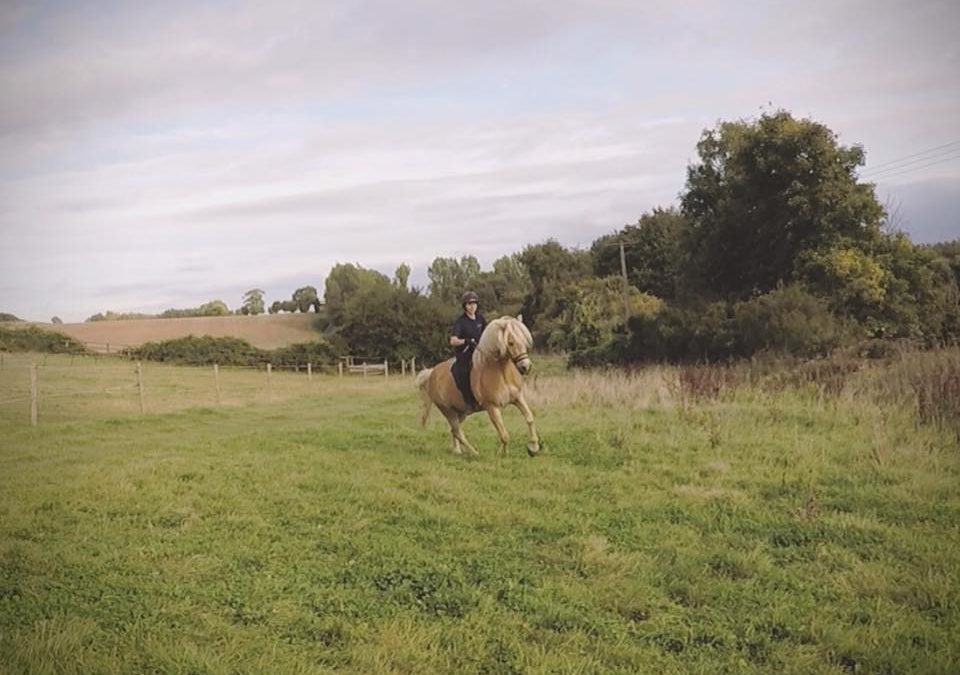
*Kick kick kick*
Do you use your leg to move your horse forward? Do you give your horse a kick or a “squeeze” to encourage forward movement? Have you heard of the term “dead to the leg”? Do you know why you use these “leg aids”? How are you going to help a horse who is “dead to the leg”?


Besides different training methods or different disciplines, the one thing I see time and time again, to the point of driving me crazy, are hands down at the base of the horse’s neck (sometimes lower!) freakishly downward heels and busy legs!
Why are the hands down low? What is the purpose? Why are the legs being used so much? What are you going to do when the horse stops responding?
The sad truth is people do not know, nor do many trainers/instructors. Why is it that we do not ask the questions? Why do we not ask our teachers? It is a learned “aid”, passed down recent generations, which does not benefit the horse, nor is it required. Perhaps lost in translation, nowhere, in any texts by the Masters to my knowledge, are we told to kick or squeeze our horse for increasing pace. Squeezing your horse with your legs is not going to give your horse uphill movement, nor is it going to help you find true softness with your horse. So why do it?
What did the Masters mean by using the leg? Did they mean leg position? Arguably, the translations have been taken too literally. Let me explain…
“Heels down”
When one is asked to put the “leg on”, the rider bends at the knee and the heels will come up. So, in this instance, we would be asked by the Masters to “drop the heels” – take your leg out of your horse’s side. Nowadays, riders will have their heels dropped down at all times and will supposedly “lengthen the leg”. First off, this is physically impossible! I challenge you to measure your leg from the hip to your ankle before and after extention – your leg will not get any longer! There will not be any extra length, so why do it?
In our Foundational Training, we teach the rider to only lower their heels to slow down the horse; this is our interpretation of the Masters’ advice. The feet should be flat, the balls of the feet in the stirrups. The weight should be here and not in the heels. So again I ask, why the emphasis on “heels down”? When the heels are down we find that the riders sit deep. This in turn lessens the pace, which makes it possible to use the heels for slowing down and stopping. For those who argue that the heels are kept down so the rider isn’t thrown from the seat, I contest…no horse should be throwing you from the seat! With good balance, there would be no reason to have the heels in a permanently downward position.
“Hands down”
This leads onto the next niggle… the hands! On a daily basis, I see riders with their hands so low! Sometimes the hands are by the front of the saddle, at the base of the neck, sometimes they are at the withers, I have even seen the hands as low as the shoulders or as low down as the rider’s thighs. The French Masters taught with high hands and explained that the hands come down as the horse is educated. Part of the reason for this is that the hands held up will exaggerate movements, enabling the horse to learn clearly and with precision. As the horse becomes soft and learned, the hands can come down, but not as far as most people think! It is also very important to move with the horse. If the hands are low, the horse will tense from the neck, through the spine and all the way down the back. As for the rider, this often causes the shoulders to round and can actually take the rider right out of the saddle, causing a forward tilt – creating imbalance and a horse which is heavy on the forehand! More often than not, people ride with their hands low and do not give a second thought to moving with the horse as they try to keep their hands “quiet”. If you try riding with your hands low, without movement, you will find resistance. The horse is being pulled back and you will feel the pressure. The horse cannot move freely through the shoulders, they cannot move their neck and as a consequence, they often misinterpret this as a request to stop. If the rider is keeping their hands still and not moving with the horse, the brakes are in effect, on! This would mean the rider would need to ask the horse to move forward to counteract this…and so the cycle continues!
*Kick kick kick*
Here comes the leg! So I ask the questions again…
Do you use your leg to move your horse forward? Do you give your horse a kick or a “squeeze” to encourage forward movement? Have you heard of the term “dead to the leg”? Do you know why you use these “leg aids”? How are you going to help a horse who is “dead to the leg”?
These are my observations and what I have learned, what I have surmised. This is what works for me. So please, let’s talk about this! Let’s have an open discussion! Am I right or am I wrong?

